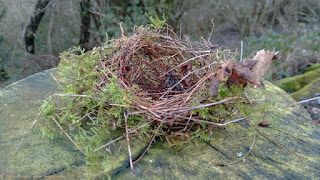On February 7th I visited Pagham Harbour following a report of a pair of Bearded Tits seen at the Breech Pool the previous day. Instead I saw thousands of Brent Geese flying over - heading seawards in the morning and returning in the afternoon. A flock of around a hundred Curlews arrived on the grassland, with some Godwits among them, not sure which species. There were many Widgeon on the mudflats and also some Lapwings. A Cormorant arrived and a Corn Bunting appeared briefly.
 |
| Breech Pool |
 |
| Cormorant, Phalacrocorax carbo |
 |
| Corn Bunting, Emberiza calandra |
 |
| Curlew, Numenius arquata |
 |
| Curlews |
 |
| Curlews |
 |
| Curlews |
 |
| Eurasian Widgeon, Anas penelope |
 |
| Eurasian Widgeon |
 |
| Godwit and Curlew |
 |
| Kestrel, Falco tinnunculus |
 |
| Kestrel |
 |
| Lapwing, Vanellus vanellus |
 |
| Pagham Harbour |
 |
| Snowdrop, Galanthus species |
 |
| Brent Geese, Branta bernicla |
 |
| Brent Geese |





























































